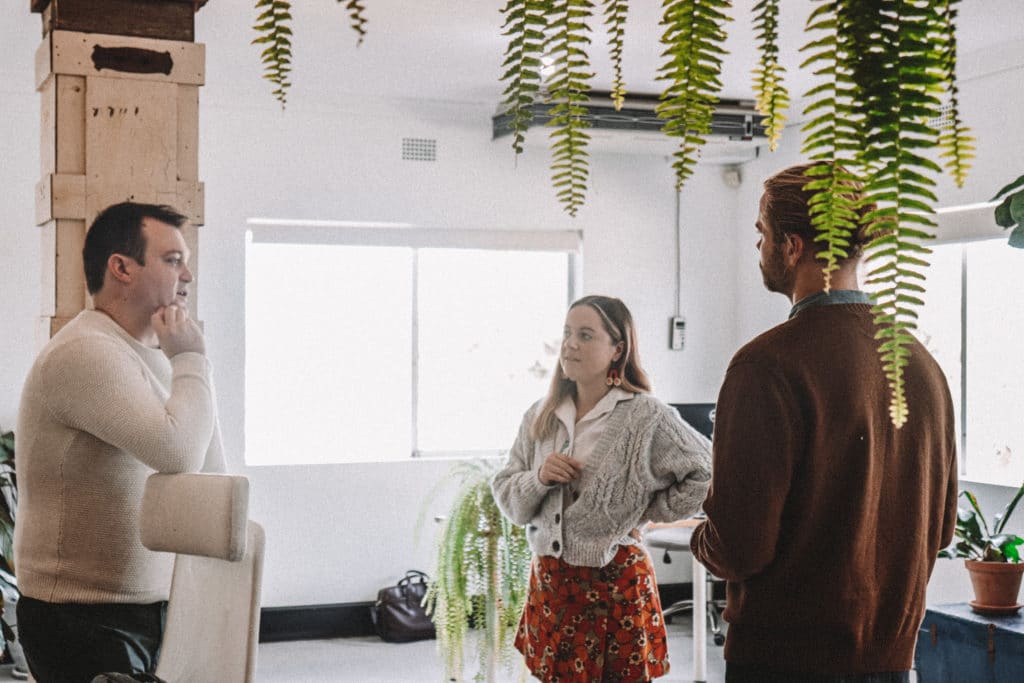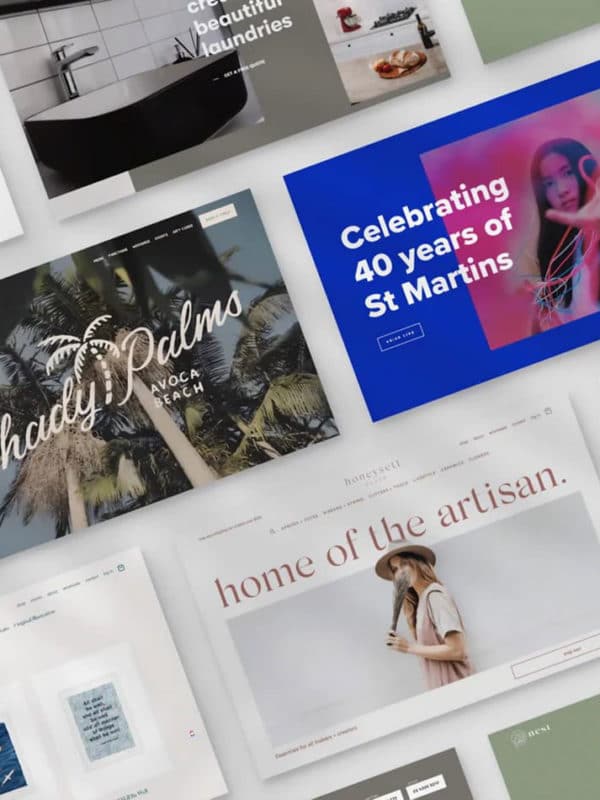Creating and posting content on blog posts is an excellent way to maximise your website’s organic search ranking. This should give you the advantage over other local restaurants when people search for targeted, relevant keywords.
You want to capture the searches of people searching for, or open to, your niche – if you’re a fancy restaurant you don’t want someone looking for somewhere to order Thai food for $15.
Keywords: Choosing high-volume, low competition keywords
You want to put yourself in the place of your searchers. How do they think, and what would they type in if searching for your service? What they type in is called a keyword, or key phrase – but the former is technically the correct term. A keyword isn’t restricted to just one word, it can be a sequence of words, i.e. Fine Dining Central Coast, rather than just ‘dining’. Keywords can be short tail (1-2 words) or long tail (3-5 words), where long tail keywords are generally more specific or niche targets. I.E. lower traffic but potentially more relevancy. Choose just one primary keyword for the content piece and make sure it is featured in the page title, first paragraph, and continually throughout (where it is natural to do so, avoid keyword stuffing. If you want to get into the nitty gritty, try out the free keyword research tool UberSuggest.
Length: How long should my content be?
Blog posts should be an absolute minimum of 300 words. Sitting in at the 600 – 1000 word mark is generally the sweet spot for engaging with real people and keeping Search Engines satisfied. If your only goal is to appease Google, then the more words the better – as long as it’s quality. Never sacrifice quality for quantity.
Content: Writing good content is best for Search Engines and users alike
If you take one thing away from this article, this is it: content is king. High quality, relevant content is what will set your website and social media platforms apart from your competitors like nothing else. It’s simple really, people are bombarded with content every single day. People are desperate for good content while they flick relentlessly through their ever-scrolling feed. Eye-catching headlines, high-quality images and a seamless user experience get a foot in the door, the rest is up to the content you create. A well-constructed article has the potential to be shared exponentially. At the most basic level though, Google is getting pretty good at separating the junk from the good stuff. It’s not a quick fix, but if you put quality content out fairly consistently then Google will start to reward you.
Linking: backlinking and internal linking strategies
You should link to other relevant websites where natural (i.e. The keyword “digital marketing” could link to a Wikipedia page that explains the history of the term). It’s also good practice to link within your own website – The most basic example would be to end a post with a Call To Action (CTA) pointing to your contact page (I’ve done so at the bottom). Eventually when you have a good map of content throughout your site you will have more to link between.
Optimising Images: Ensuring Google sees your images just as people do
Always include a featured image for your blog. The image should be named relevant to what it is (for example, never leave an image as IMG1234.jpg before uploading). It’s important to use quality images, but don’t upload the full resolution versions to your website. Oversized images can cause page-loading speed decreases, which is a big conversion turn-off and also impacts Google ranking. Conversely, don’t use images that are too small. Most, if not all modern smartphone cameras can take a photo at a high enough resolution. As long as it hasn’t been stuffed into an MMS or email then you should be fine. Using incorrectly sized images can also appear blurry, stretched or squashed. A note for the technically minded: be sure to include the image ALT text. The ALT text should be relevant to what the image is, just like the filename. This means Google can crawl and understand what an image depicts – another important ranking factor.
Sharing: The whole point of good content is that someone sees it!
Once it has been published, share your blog posts on social media so people are clicking on it! The more clicks the better. If you can pair some quality images for social with your articles you should see better engagement on both fronts. Your job is to give people something interesting, appealing and/or unique.
Final note on Blog Posts…
Blog posts are a super easy and effective way to maximise your website’s organic search rankings. Understanding your target audience and their intent behind a search will allow you to personalise your blog post content to reach them. Writing blog posts can be fun, even if you don’t have the aptitude for it. Choose topics that you are passionate and knowledgeable about; if you can talk about it, you can write about it. Keep it relevant to your industry. Remember that in 2018: relevancy + intent are more important than keywords. The more natural an article feels, the more a customer will feel engaged. If you have any questions about blog posts or marketing in general we are more than happy to answer them – get in touch with us.
Happy blogging!







